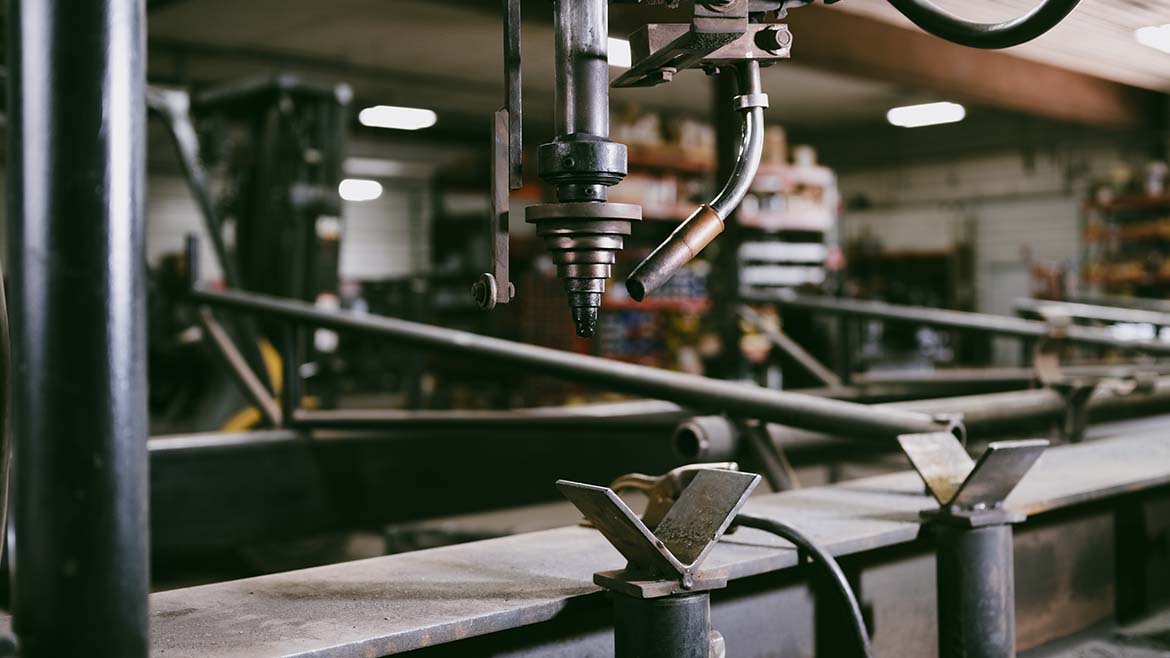
A dollar-for-dollar tax savings, the Research and Development (R&D) credit rewards companies for investments they’ve made in developing new or improved products, processes, or techniques. Qualified taxpayers can apply the cost of wages, supplies, associated outside contractor services, and cloud-hosting expenses toward the credit. However, misconceptions and uncertainty about the credit’s applicability have caused too many manufacturers to overlook it—and miss out on the beneficial boost in savings it offers.
Want to see if your R&D investments qualify for the credit? Here’s what you need to know:
Types of eligible expenses for the Research and Development (R&D) Tax Credit:
- Wages: Wages paid to employees associated with developing new or improved products or manufacturing processes and tooling
- Supplies: Cost of supplies and materials used in the conduct of research (e.g., sample batch trials, first article production runs, or internally developed tooling)
- Contract Research: Payments made to third-party contractors for the conduct of research
- Computer Rental/Lease: Costs associated with leasing or renting computer equipment or use of cloud platforms
To qualify, the activities associated with a project must meet the following criteria:
- Technological in Nature: Discover information that fundamentally relies on the principles of:
- Engineering,
- Computer Science,
- Physical Science, or
- Biological Science
- Qualified Purpose: The activities must be undertaken for the purposes of developing or improving:
- Functionality (e.g., product, manufacturing processes and tooling, technique, formula, invention, or software)
- Performance,
- Reliability, or
- Quality
- Technical Uncertainty: Activity must be intended to discover information that would eliminate technical uncertainty concerning:
- Capability of developing or improving the product or process,
- Methodology of developing or improving the product or process, or
- Appropriate Design of the product
- Process of Experimentation: The activities involve a process of experimentation. For example:
- Developing one or more hypotheses (e.g., testing or refining),
- Performing experiments to test and analyze the hypotheses (both success and failure), or
- Evaluation of alternatives, modeling, simulation, systematic trial and error, or other methods
Applying the R&D tax credit to start-up companies that may not be taxable:
Start-up companies may be eligible to apply the R&D tax credit against their payroll taxes for up to five years. As of December 31, 2022, the credit allows companies to offset up to $500,000 in payroll taxes based on eligible R&D expenses. Historically, this was limited to $250,000. The credit is used to offset employer-paid Medicare and Social Security. To be eligible for the credit, companies must: meet the following criteria:
- Conduct qualifying research activities and expenditures,
- Have gross receipts for five years or less, and
- The gross receipts must be under $5 million in the current year
Examples of Qualified R&D Activities for Manufacturers:
- New or improved products and/or processes: Activities related to the design, development, and testing of new or improved products and processes
- Automation and robotics: Research and development activities related to the integration and development of automation and robotics systems to enhance manufacturing processes, improve productivity, and reduce costs
- Tooling and equipment design: Design and development of tooling, equipment, or machinery to produce new products, improve manufacturing capabilities, enhance product quality, or increase efficiency
- Material development and testing: Research and testing related to the development of new materials or the improvement of existing materials for manufacturing applications
- Environmental and energy efficiency improvements: Activities aimed at reducing the environmental impact of manufacturing processes, such as developing energy-efficient technologies, implementing reclamation programs, or reducing emissions
- Process simulation and modeling: Utilization of computer-aided design (CAD), computer-aided engineering (CAE), or other simulation tools to optimize manufacturing processes, develop tooling, analyze performance, or predict outcomes
- Quality control and testing: Development or improvement of testing methodologies, quality control processes, or development of new test standards to ensure product specifications, reliability, safety, or compliance with industry standards
Think your company might be eligible? Call your Rehmann advisor today or email [email protected] to ensure you’re maximizing the R&D Tax Credit.





